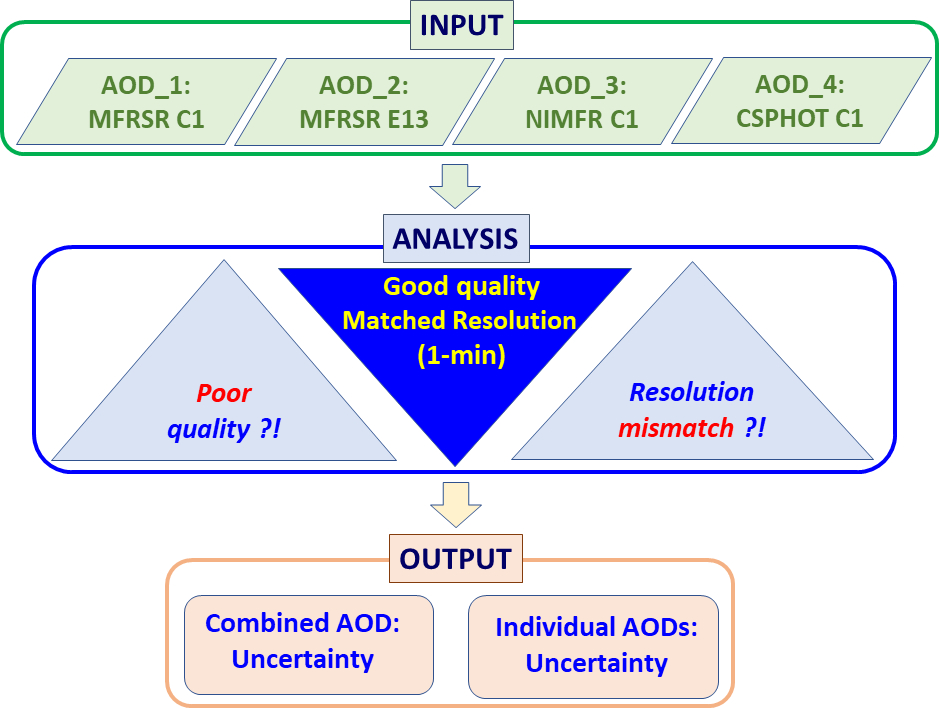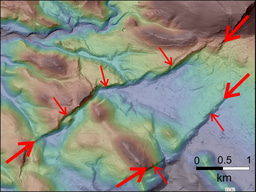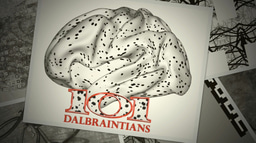Successfully Combining Two Decades of Aerosol Data
Published in Research Data
Aerosol optical depth (AOD) is a measure of how much aerosol particles prevent direct sunlight from reaching the ground. AOD records with different accuracies and temporal resolutions are typically provided by several instruments that vary in their design. Combining these records into a single data product can give AOD data with excellent time continuity compared with measurements from a single instrument. Our work demonstrates how to straightforwardly obtain the combined AOD and its uncertainty using an intuitively understandable approach (Figure 1) that addresses: (1) the varying data quality and resolutions of individual AOD records and (2) the uncertainty of the merged AOD data and its relevance for users.

Figure 1: Schematic diagram summarizing the framework for generating a combined AOD with extended continuity and user-specified data quality.
We generated a high-temporal-resolution merged dataset for a twenty-one-year period (1997-2018) using data from four ground-based instruments at the Atmospheric Radiation Measurement (ARM) user facility’s Southern Great Plains atmospheric observatory, Oklahoma, USA. The generated dataset preserves the advantages (high quality) and reduces the disadvantages (patchy records) of the individual data. Thus, this first-of-its-kind dataset–with its clear data format and public access–will allow users to analyze the variability of aerosol loading over a range of time scales and demonstrate the importance of this variability in forcing climate change.
Merging this dataset with other products can help provide a comprehensive picture of how aerosol loading relates to specific climate-associated factors. For example, combining this dataset with wildfire data would make it possible to correlate AOD changes with wildfire history and improve our understanding of the relationship between wildfires and aerosol burdens. Furthermore, using the AOD dataset in concert with surface radiation information could help reduce the uncertainties in radiative forcing over different time scales due to aerosol perturbations.
Follow the Topic
-
Scientific Data

A peer-reviewed, open-access journal for descriptions of datasets, and research that advances the sharing and reuse of scientific data.
Related Collections
With Collections, you can get published faster and increase your visibility.
Data for crop management
Publishing Model: Open Access
Deadline: Jan 17, 2026
Computed Tomography (CT) Datasets
Publishing Model: Open Access
Deadline: Feb 21, 2026



Please sign in or register for FREE
If you are a registered user on Research Communities by Springer Nature, please sign in